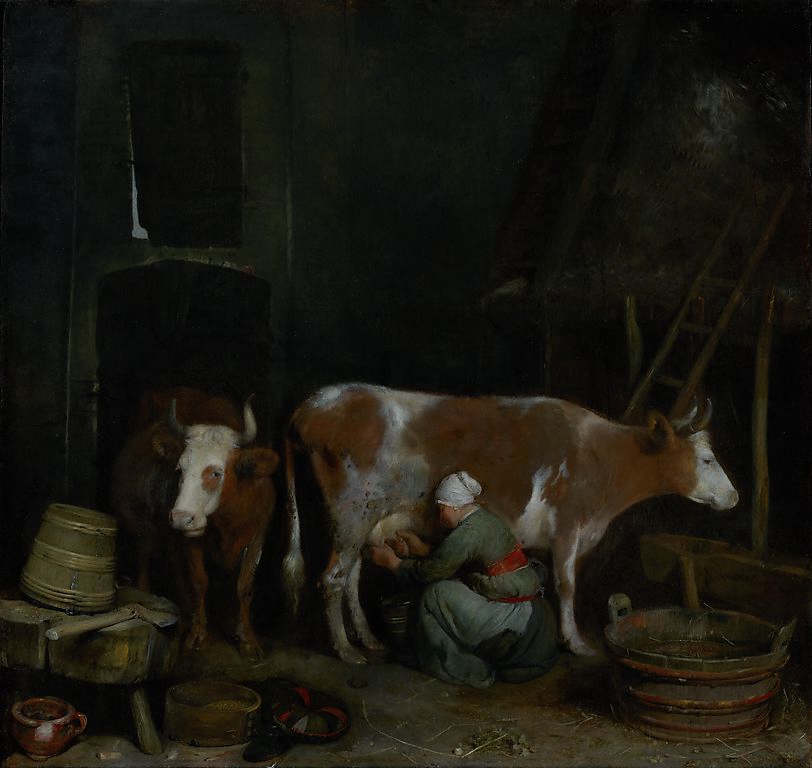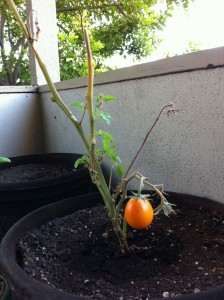Tom Philpott has been a solid source of cogent writing about a range of food and agriculture issues, and yesterday, on Facebook, he shared his comments on Amy Harmon’s piece in the New York Times that’s been attracting a lot of attention, “A Lonely Quest for Facts on Genetically Modified Crops“. (The focus of Harmon’s article is Hawaii’s ban on genetically engineered crops.)
I’m grateful for Tom’s permission to share his comments, which I’ve copied below. Tom wrote:
Here’s my fast-and-dirty comment on that Amy Harmon piece (below) on GMOs lots of people are talking about.
I agree that the food-safety issue is likely overblown. But I think Harmon is looking at this question from a pretty skewed frame. Recently she did a big piece on a possible GM solution to an awful pathogen attacking citrus production globally. This one is on a ban on GMOs on a Hawaiian island that grows one GM crop—papayas engineered to resist a virus—and that one crop is exempted from the ban. Meanwhile, well more than 90 percent of actually existing GMOs concern two traits—herbicide resistance and insect resistance—and a handful of crops (maize, soy, cotton, and lately sugar beets and alfalfa). I don’t jave time to dig up the USDA’s pipeline of GMO products under review for deregulation, but I can assure you that they are almost all herbicide/insecticide related.
Both of those traits are breaking down in the field, under the weight of monocropping and simple evolution. It turns out that when you lash millions of contiguous acres of crops with a single herbicide—Monsanto’s Roundup—some weeds survive and pass their genes on. Then you get an accelerating pesticide treadmill—higher doses, and more and ever more poisonous varieties, of herbicides requited to control weeds—and weeds that evolve to resist multiple hebicides The same is happening with Monsanto’s Bt corn—engineered to express the pest-killing trait of the bacteria Bt. A certain corn pest has evolved resistance to those seeds, and farmers are responding by dramatically increasing their pesticide applications. It’s stating a fact, and not conspiracy mongering, to note that the same companies that own these seed markets also dominate the pesticide market.
On Friday, the USDA signaled its intention to approve a new GM seed, this one from Dow (in cahoots with Monsanto), that would withstand not only Roundup, but also a highly toxic herbicide called 2,4-D. http://www.reuters.com/article/2014/01/03/agriculture-dow-enlist-idUSL2N0KD17720140103 A 2011 study from Penn State researchers predicted that new products would lead weeds to develop resistance to both herbicides (some already have–farmers have upped 2,4-d use in recent years) and lead to another upswing in herbicide use. Friday’s announcement generated far less discussion than Harmon’s piece, but it will have many times the real-world impact of that ban in Hawaii. Within a few years, it’s conceivable that a land mass around the size of California could be blanketed in 2,4-d corn and soy. Not great news if you live in the midwest and like to drink tap water.
But what about so-called complex traits—say, the ability to use nitrogen or water more efficiently? As climate change proceeds apace, it will be extremely important to use less water and nitrogen in food production. But not for lack of trying, GM seeds containing these traits have not emerged in any real way, and likely won’t: There’s no one gene that triggers those traits. Plants use nitrogen and water in complex ways, in biological systems that have evolved over millions of years.
Happily, there are ways to use water and fertilizer more wisely, but they involve farmer knowledge, or appropriate technology, much more than patented technology. See this piece: http://www.motherjones.com/environment/2013/09/cover-crops-no-till-david-brandt-farms
The real question to ask isn’t: are GMOs safe? It’s: What kind of ag do we need as we head into climate change and another 50 percent rise in population—and what place to GMOs have? Examined thoroughly and not distracted by corporate talking points, the answer that emerges is, I think, not zero, but pretty marginal. Here’s the Union of Concerned Scientists’ top two ag people on just that question: http://www.tulsaworld.com/opinion/the-cost-effective-way-to-feed-the-world/article_3ce9821e-c3f7-5db0-a403-2459c2bc0882.html
Side note: The reason that GMOs are so controversial in Hawaii has little to do with papayas. It’s that the seed companies own huge tracts of land and develop their seed strains there, because the climate allows for three growing seasons per year. And those crops include the herbicide-sucking ones discussed above. Here’s the NYT, 2011 http://www.nytimes.com/gwire/2011/08/22/22greenwire-king-corn-takes-root-in-hawaii-28466.html?pagewanted=all:
“Over the past decade, the five major companies that dominate the world seed industry have starkly increased their operations in Hawaii, where they have long tested experimental biotech crops. Rushing into a void created by the collapse of the islands’ sugar cane and pineapple plantations, the firms are buying and leasing prime farmland to, in large part, grow corn seed.
“Growing on limited acres, the seed farms are now Hawaii’s largest agricultural sector, valued at $223 million last year — worth more than sugar cane, coffee or pineapple. The companies have hired the plantations’ former workforce and begun currying favor with state agriculture officials. In many ways, they have stepped into the leading, and sometimes domineering role, once played by the islands’ sugar barons.
“‘They’ve become as strong a force as what sugar cane once was,’ said Carol Okada, manager of the Hawaii Department of Agriculture’s Plant Quarantine Branch. ‘They’ve replaced essentially sugar cane and pineapple.'”
Anyone looking for the broad historical context of this debate should read Nick Cullather’s book on the Green Revolution, The Hungry World. I reviewed it here: http://www.motherjones.com/tom-philpott/2011/08/green-revolution-cullather and David Reiff, here: http://www.thenation.com/article/158676/where-hunger-goes-green-revolution#


